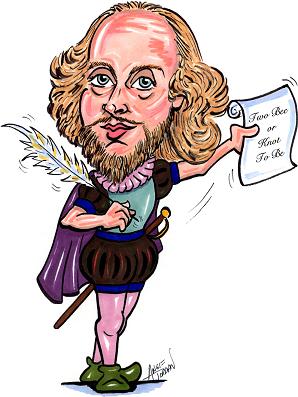Ahlan wa sahlan bi Sham: Welcome to Damascus. During a weeklong visit in May — during which I explored the Old City of Damascus (including its proliferating nightclubs), the Silk Road bazaars of Aleppo and the ruins of ancient Palmyra — unexpected welcomes seemed to erupt from every corner of this ancient nation of Bronze Age, Classical, Biblical and Islamic history. No matter where I was or whom I encountered, local greetings were never long in coming.
Though most Americans might be wary of sojourning in a country whose authoritarian government stands accused of some serious charges — financing Hezbollah, allowing foreign fighters into neighboring Iraq and assassinating the former Lebanese Prime Minister Rafik Hariri — a week among the regular citizens of Syria and its cultural riches is eye-opening....
My few acquaintances who had braved the country despite its tarnished reputation assured me that all would be fine. Head straight to the legendary Umayyad Mosque in Damascus, they said. Fill up whenever you can on excellent grilled lamb, baba ghanouj and pomegranate juice. And leave your preconceptions at passport control.
The country I discovered, in addition to being friendly and largely free of crime and related hassles, even showed glimmers of creaking open to the West after decades of closure. ...
Utterly different again, and equally haunting, was the reconstructed ancient Jewish synagogue in the National Museum, an evocative time capsule of relics from forgotten Bronze Age cities, vanished Roman outposts and other Ozymandian monuments pulled from Syria’s sands.
Found at the city-state of Dora Europos, a trade center decimated by the Persians in the third century, the towering stone walls of the synagogue glowed with painted panels of temple priests, strange animals, sad-eyed women, scrolls, menorahs, winged angels, horse dancers and serene-faced desert wanderers.
“It’s astonishing to find a synagogue that has paintings,” said Michel al-Maqdissi, the museum’s director of archeological excavations, speaking in French. A small radio filled his office with an opera aria. “The Jewish religion forbids painted representation, just like in Islam. It accepts decorative elements, but not the human form. That’s why it’s such a unique piece.” ...
“People are buying, and prices have tripled,” Mr. Malki said, ticking off a list of hotspots like Leila’s restaurant and the Talisman hotel, where Ms. Pelosi and President Assad lunched during her visit. “It’s the place to be.”...
Surveying the blissful tumult, Firas Salem, a 20-something Syrian corporate lawyer, couldn’t suppress a grin. “We didn’t use to have people kissing in a public places,” he said. He added that he had once lived in London but was drawn back to his hometown.
“Damascus is becoming a cool place,” he said as throbbing electronica and chatter in a half-dozen languages spilled into the ancient streets. “Something strange is happening.”
Someday, I hope.


No comments:
Post a Comment